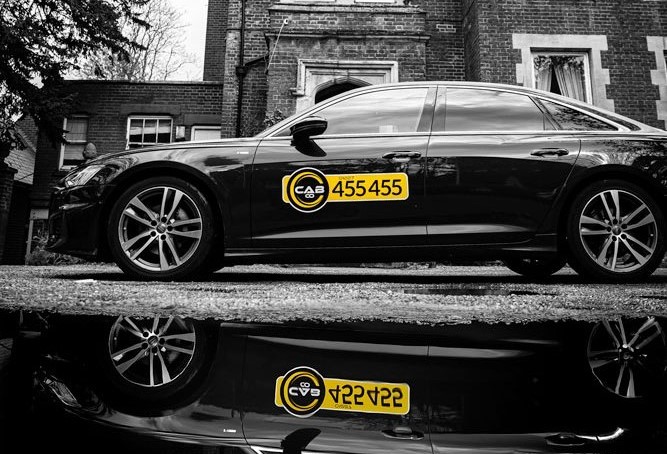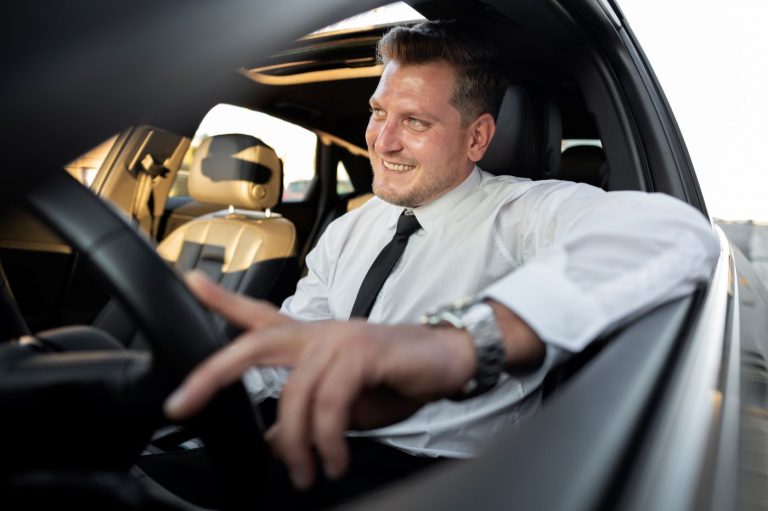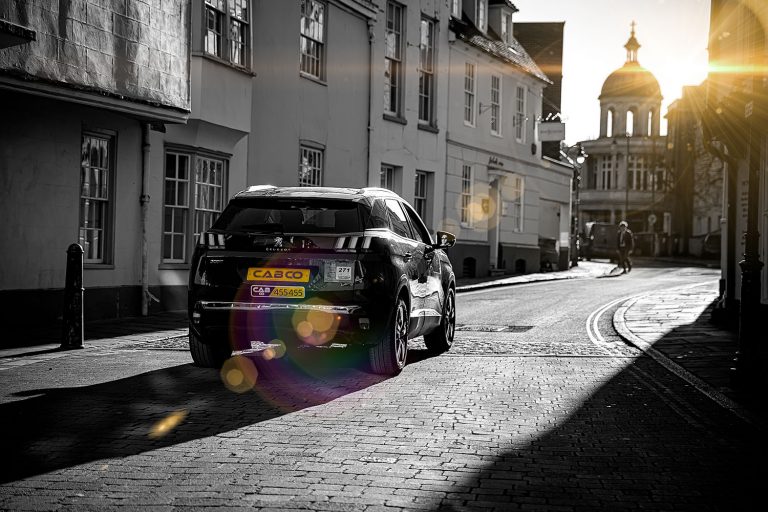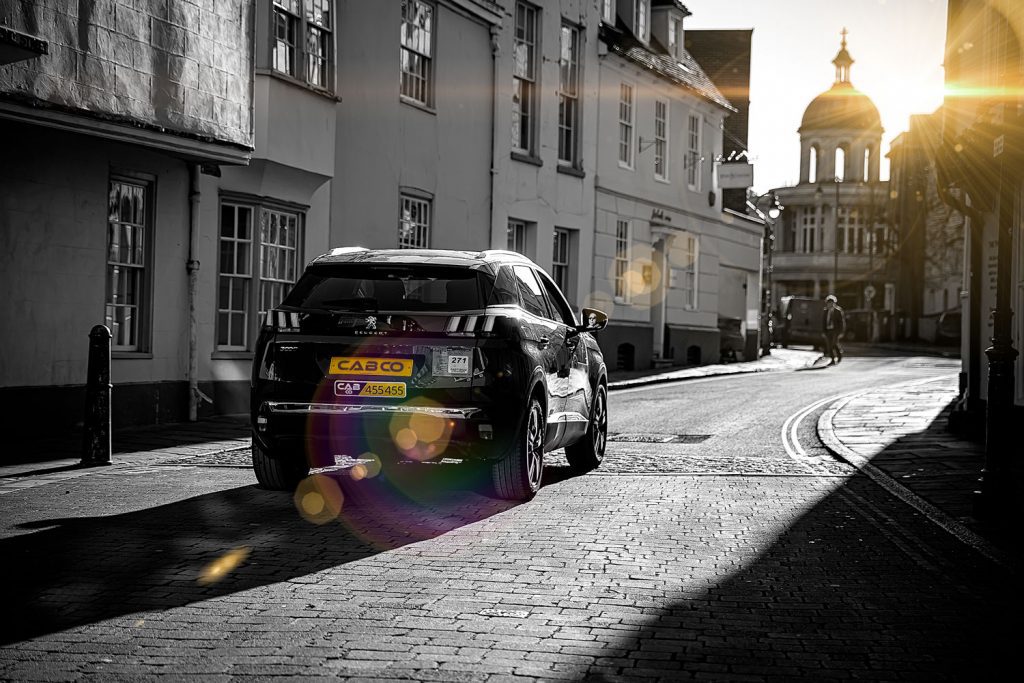The Evolution of Taxis in the UK: A Historical Journey

What comes to your mind when you think of England? Let me share my thoughts first – Queen, Big Ben, rain, red phone booths, double-decker buses, and black cabs.
Today, I’ll focus on the taxi. Taxis have been an essential part of British culture since the 17th century, providing transportation from one place to another. Millions of people rely on them for their daily commute. But where did they originate? Come with me on a journey through history as we explore the complete story of the taxi industry.
The Origins of Taxis Services in the UK (17th – 19th Century)
Dating back to the 17th century, the inception of taxi services in the UK began with the humble horse-drawn carriages known as “hackney carriages.” The first official hackney carriage licence was granted in London in 1662, setting the foundation for an enduring industry. By the close of the 17th century, London was bustling with around 700 licensed carriages.
These carriages were not just a luxury but a necessity in the 18th and 19th centuries, with the 1831 census recording over 4,000 hackney carriages in London. These early taxis were integral in shaping the city’s transportation network, catering to a growing urban populace.

Transition to Motorised Taxis (Late 19th – Early 20th Century)
The dawn of the motorised era began in 1897 with London’s introduction of electric-powered taxis known as “Bersey cabs.” Although their initial deployment faced challenges like high operational costs and limited battery life, leading to their decline around 1900, they marked the beginning of a new age.
The early 20th century welcomed the petrol-powered taxis with the first “motor cab” taking to the streets of London in 1903. The fleet grew to 1,200 by 1907, paving the way for the iconic London black cab, the Austin FX3, which debuted in 1948. By 1950, around 5,000 of these cabs were navigating through London.

Post-War Expansion (1950s – 1980s)
The post-war period saw the taxi industry flourish significantly. By the 1960s, an estimated 25,000 licensed taxis were in operation across the UK, a number that underscored the industry’s critical role in daily transportation. During this time, the private hire sector also saw significant growth, with 40,000 minicabs reported in London by the mid-1970s.
This era brought about tighter regulations with the 1976 Local Government (Miscellaneous Provisions) Act and the 1985 Transport Act, which introduced a compulsory licensing system for all taxis and private hire vehicles, ensuring safety and standardisation across the board.

The Modern Taxi Industry (1990s – Present)
Entering the 1990s, the digital revolution transformed the taxi industry. The advent of mobile phones, GPS technology, and internet accessibility revolutionized booking methods and usage. By 2010, 75% of taxi bookings were made via phone, with the remaining 25% via online platforms and mobile apps.
The 2010s witnessed a seismic shift with the emergence of ride-hailing giants like Uber and Lyft, reshaping the landscape dramatically. By 2019, England boasted approximately 291,800 licensed taxi and private hire vehicles, with London hosting nearly 26% of these. Yet, by 2020, the traditional black cab numbers in London dwindled to around 20,000, highlighting the industry’s ongoing adaptation to modern challenges and innovations.

Statistical Overview of the Taxi Industry in the UK (2023/2024)
As we advance into 2023/2024, the UK taxi industry presents a robust statistical framework, demonstrating significant growth and resilience. As of April 2023, England had 289,400 licensed taxis and private hire vehicles, marking an 11.0% increase from the previous year. Additionally, the total number of driver licences escalated to 346,300, showing a 4.9% increase year-on-year.
The market size of the UK Taxi Operation industry reached £9.3 billion by 2024, reflecting a growth of 7.95% from the previous year. These figures highlight the sector’s recovery and expansion post-pandemic.
In terms of long-term trends, the number of licensed vehicles surged from 184,500 in 2005 to a peak of 298,600 in 2020, before the pandemic caused a temporary decline. By 2023, the count rebounded impressively, and similarly, driver licences recovered to pre-pandemic levels after a temporary dip.
Furthermore, the average number of licensed taxi and PHV vehicles per 1,000 people in England stood at 5.1 in 2023, up from 4.6 the previous year. The introduction of experimental statistics concerning fuel type and age of taxis and PHVs provides further insights into the evolving nature of the fleet, reflecting ongoing advancements and adaptability within the industry.
Journey of CabCo Canterbury Cabs: A Local Success Story
CabCo Canterbury Taxis is a local success story that began over thirty five years ago when Robert and Carol launched the business with one car and a bold vision. Their dedication to customer satisfaction has allowed CabCo to evolve into Canterbury’s leading taxi service, offering an extensive fleet that includes classic London Cabs and versatile six-seaters known for their reliability and comfort. Today, CabCo continues to be a cornerstone of Canterbury, adapting to the diverse needs of its clients with customised services that ensure comfort, reliability, and a personal touch on every journey.

The journey from horse-drawn carriages to high-tech ride-hailing apps illustrates the remarkable adaptability and resilience of the UK taxi industry. As we look to the future, it remains a vital component of urban mobility, poised to continue evolving in response to technological advancements and societal needs. This historical perspective not only enriches our understanding of a seemingly everyday service but also appreciates its role in the broader socio-economic landscape.

Discover Canterbury Events in June 2024
June 2024 is packed with vibrant events in Canterbury! Join CabCo Canterbury Taxis as we explore thrilling car races, musical evenings at Canterbury Cathedral, and artistic displays. Don’t miss a moment of the excitement—let us guide you to the best events and ensure you travel in comfort and style.

Find the Best Cab Number Near You in Canterbury – CabCo Canterbury Taxis
Are you searching for a “cab number near me” in Canterbury and its surrounding area? Look no further than CabCo Canterbury Taxis, your go-to local taxi service provider. Whether you need a ride to the airport, a night out on the town, or simply a convenient way to get around, we’ve got you covered 24/7.

The Convenience of Card Payments in Local Taxis
Card payments in local taxis offer unprecedented convenience and safety in urban travel. With ‘tap and go’ technologies, Canterbury’s taxi services ensure that your ride is fast and secure. Discover how these advancements are revolutionising local commutes, making cash transactions a thing of the past.

10 Reasons to Consider a Career as a Taxi Driver
Thinking about a career change? A taxi driver career offers flexibility, independence, and great earning potential. Learn about the top 10 benefits of becoming a taxi driver and why this could be the perfect job for you.

Top Local Cab Services in Canterbury: Reliable & Affordable – CabCo Canterbury Taxis
Explore the best in local transportation with CabCo Canterbury Taxis. Offering reliable and affordable cab services in Canterbury, our goal is to enhance your journey with comfort and local expertise. Whether for daily commutes, special occasions, or corporate needs, CabCo is here to serve you.

10 Strategies for Budget-Friendly Taxi Services
Ladies and gentlemen, allow me to introduce… budget-friendly taxi services! I know, with the cost of living on the rise, hailing a cab might seem like a special treat. Fear not, budget-conscious traveler! This guide will equip you with savvy strategies and insider tips to find affordable taxi services without compromising on convenience or safety.


